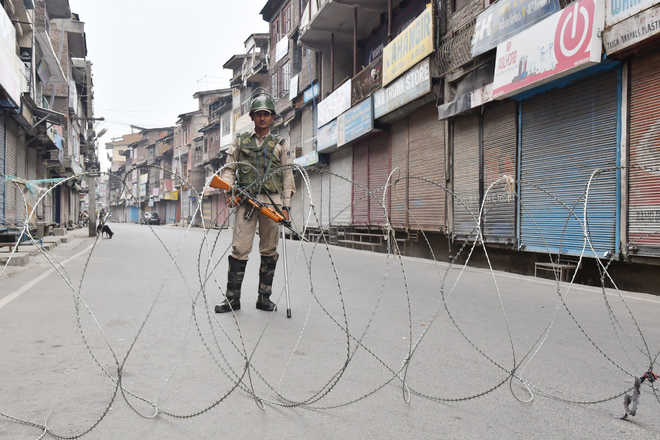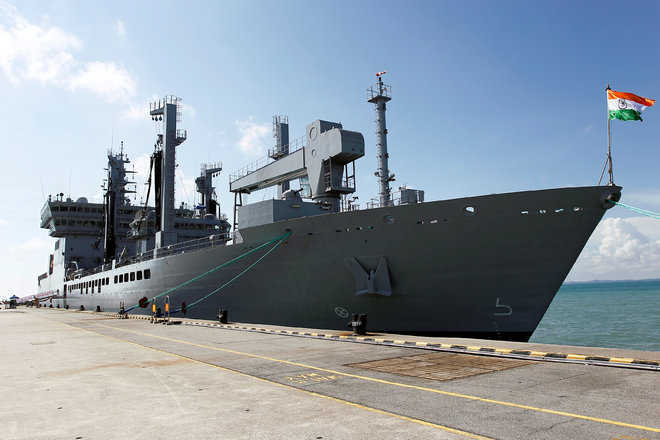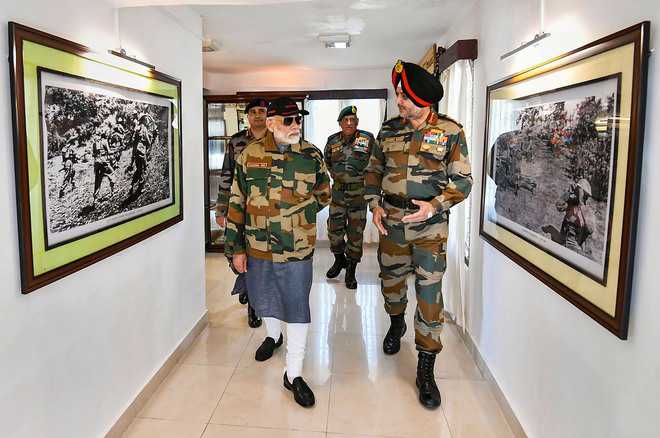
Almost 200 sorties were flown in 10 days before August 5, when Article 370 was abrogated, for airlifting 12,000-odd personnel to Srinagar, once again. Military power is an insurance policy. It is a huge mandatory expenditure to provide the shield for economic progress and to prevent war, an event that is many times costlier and puts a country back by many decades.
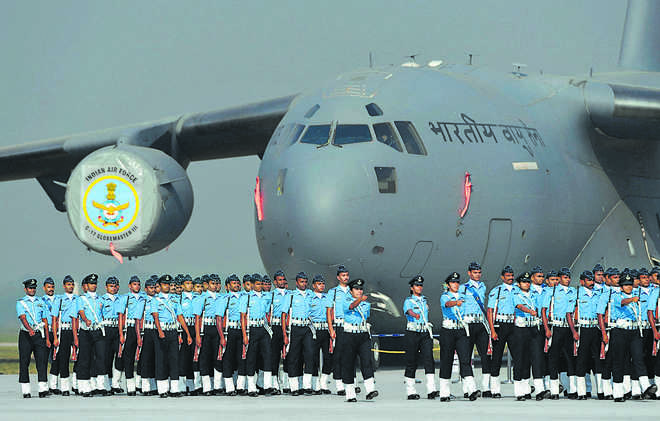
COMPETENCY: Indian Air Force has built up transport and helicopter fleets to reach a capability where India can declare itself to be a regional HADR provider.
Air Vice-Marshal Manmohan Bahadur (retd)
Defence Commentator
Seventy-two years back, a daring airlift by the fledgling Indian Air Force got India’s map the crown it has depicted ever since. On October 27, 1947, with Pakistani raiders knocking at Srinagar’s door, a three-aircraft Dakota formation of No. 12 Squadron, the only IAF transport squadron then, led by Wing Commander KL Bhatia brought in the lead element of the Indian Army’s 1 Sikh Regiment to the Valley. The airlift, which was to continue for around a year, was ably supported by civilian Dakotas, whose bravery has gone unsung, and cemented the accession of J&K to India.
It needs a little prodding to remember that when the internal map of India is re-drawn on October 31 with the creation of the union territories of Jammu and Kashmir and Ladakh, the IAF would have played a major part in that too by its airlifting of Central police personnel to ensure security, a la the 1947 airlift. Almost 200 sorties were flown in 10 days before August 5, when Article 370 was abrogated, for airlifting 12,000 odd personnel to Srinagar, once again.
This capability has taken decades to build and it is essential because India reboots to the election mode every now and then and that costs money. The important role played by the nation’s military power back-up in internal governance and foreign policy discourse gets its due — the Indian military’s bite has to remain sharp.
Military power is an insurance policy. It is a huge mandatory expenditure to provide the shield for economic progress and to prevent war, an event that is many times costlier and puts a country back by many decades, especially one with limited resources. And if there is a fall in GDP numbers and an economic slowdown, the axe usually falls on the military which is told to tighten its belt. This starts happening around the middle of the financial year, which, in India, is around now.
The belt, however, can be tightened only so much and no more, for when it starts affecting capability, the words of Le Comte de Guibert, an 18th century French General, need recounting. He had said, “To declaim against war is to beat the air with vain sounds, for ambitious rulers will certainly not be restrained by such means. But what may result is to extinguish little by little the military spirit and some day to deliver up one’s own nation, softened and disarmed, or badly armed, to the yoke of warlike nations which may be less civilised but which have more judgment and prudence.”
So, even as the financial ministry juggles numbers of allotment to various ministries in the prevalent economic slowdown, as is its wont, it needs to be reminded of historian Paul Kennedy’s deeply researched magnum opus, The Rise and Fall of Great Powers. Paul Kennedy wrote that as a nation’s power grows, it has to go offshore for resources, adding further that the history of the past 500 years shows that conflict inevitably follows.
And that is what one is witnessing as both China and India move outward in their spheres of interest. Indian Air Force planners, with the support of the government, have had the foresight to build up transport and helicopter fleets to reach a capability where India can declare itself to be a regional Humanitarian Assistance and Disaster Relief (HADR) provider. For sure, this competency has come about with excellent sea-lift capability that the Indian Navy possesses.
However, the oft-bandied term, by the uninitiated in military affairs, that India is looked up in the region as being a net security provider, is still some distance away. It is vital that the hard power element, which along with the substantial soft power HADR capability serves as a bulwark for India’s foreign policy initiatives, is not starved of funds. In these times of a financial crunch, as the mandarins of North Block look for monies to be diverted to the social and economic sectors, any reduction in the already meagre defence budget would be disastrous for the nation’s hard power element and adversely affect the capability plans of the Services.
The Service Chiefs, without exception, have put their faith in the indigenous industry. The Army Chief has said that the “next war would be fought and won with indigenous weapon systems.” The IAF Chief has stopped the further import of Pilatus trainers and decided that HAL’s HTT-40 basic trainer aircraft would be in its inventory. Additionally, he minced no words in affirming that the Air Force was looking towards HAL and DRDO for equipping it with the Tejas MK1A, MK2 and AMCA (Advanced Medium Combat Aircraft). The Naval Chief has reiterated his faith in indigenous ship design and construction and argued for more funds for capability build-up — a refrain from the other two Chiefs too.
Funds will always be a constraint, else why the ‘guns versus butter’ debate of many a century? Wars cannot be fought and won on bravado and ‘refrains’. Money has to be found from somewhere to encourage indigenous defence R&D and the private industry which is slowly showing promise. The order books of Defence Public Sector Undertakings (DPSUs) are already overflowing and alternative lines of manufacturing need to flourish if the indigenisation thrust of the Service Chiefs is to be met — else imports would have to be resorted to. Just as successive governments have supported the DPSUs, it’s time private players also get that assured support, in terms of policies and funds.
It finally comes down to funds — and it is vital that, just as the IAF’s airlift capability has been diligently built up, its hard power element, as that of the other two Services too, also gets the attention it deserves. Capability development takes decades and the two Srinagar airlifts, seven decades apart, attest to that.










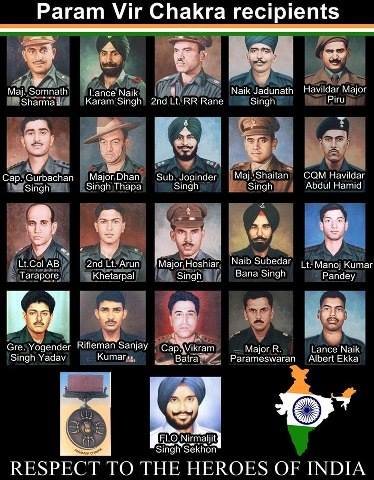

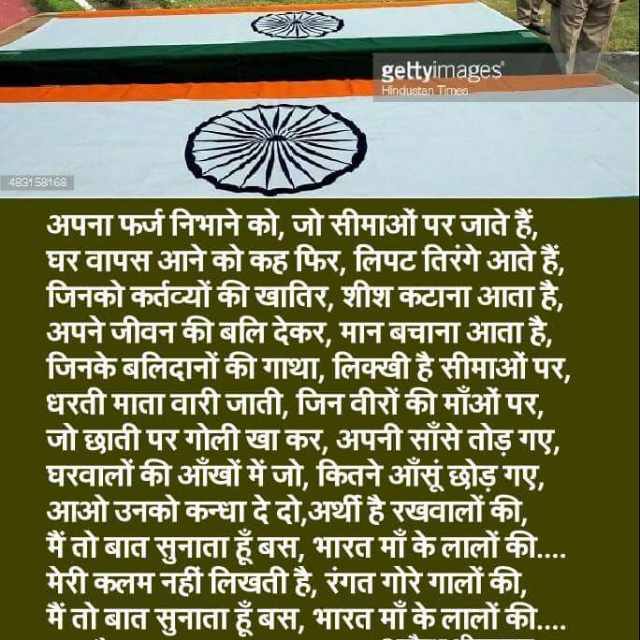
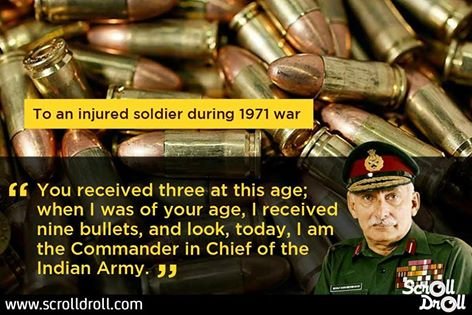
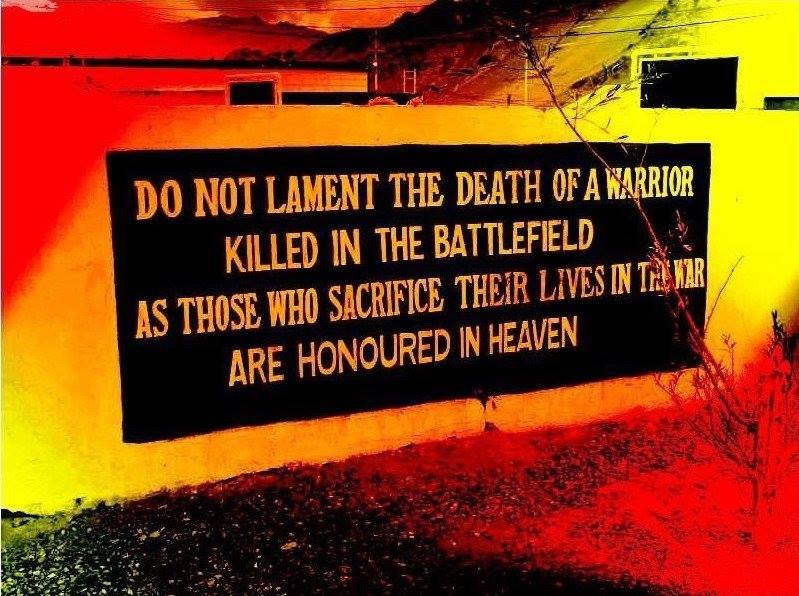

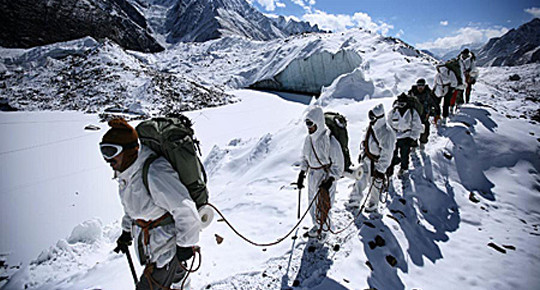
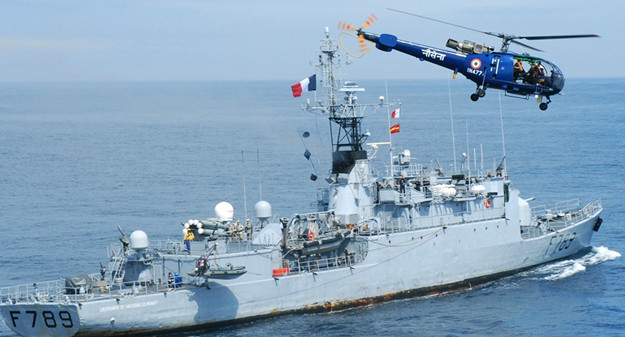
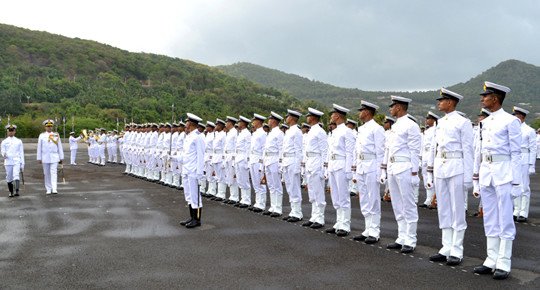
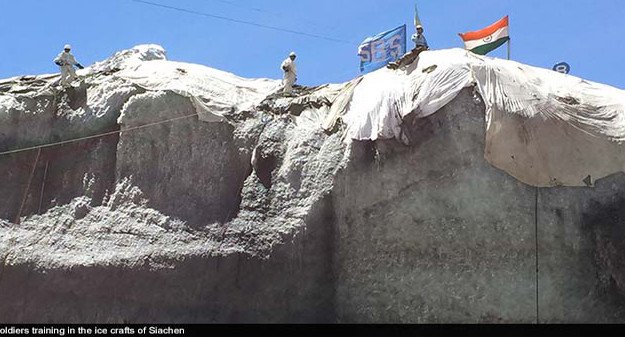
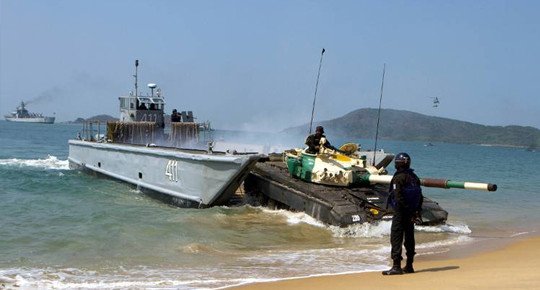
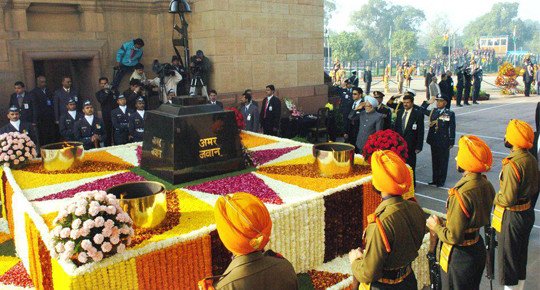
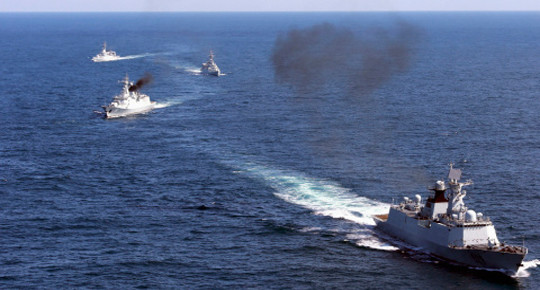
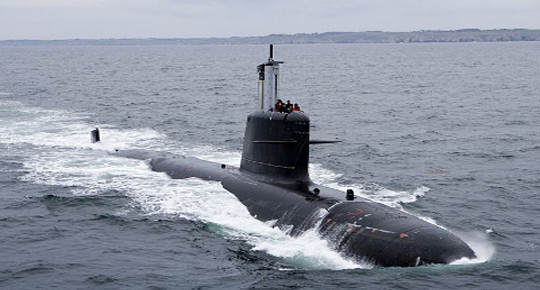
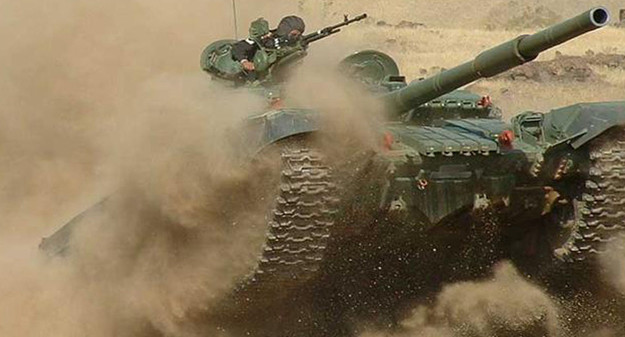
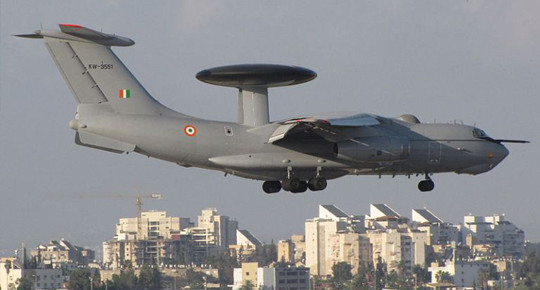
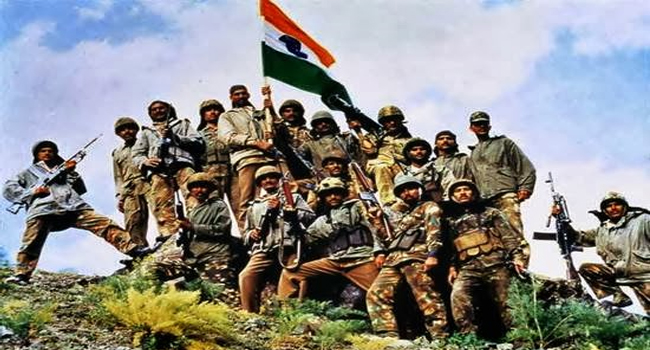
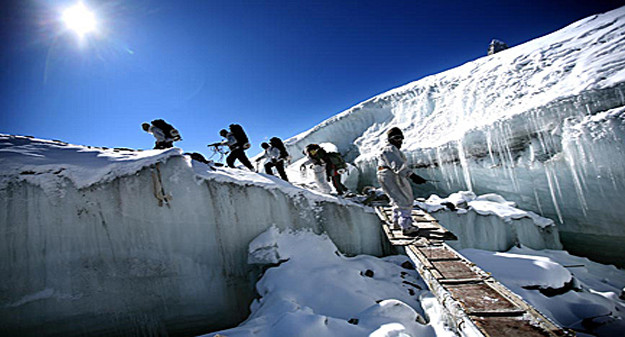
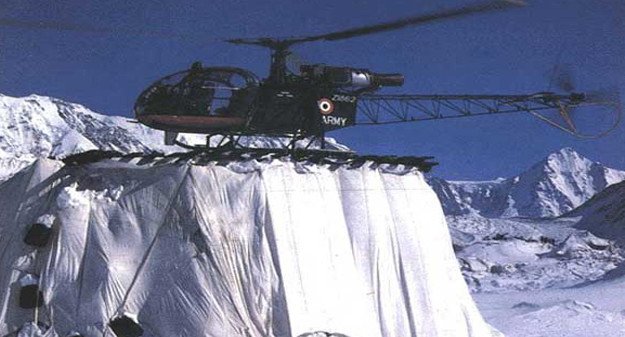
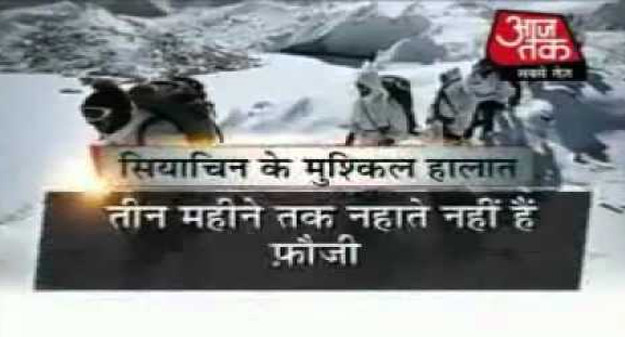
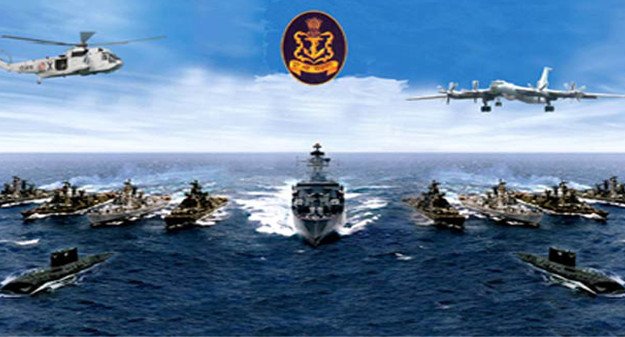
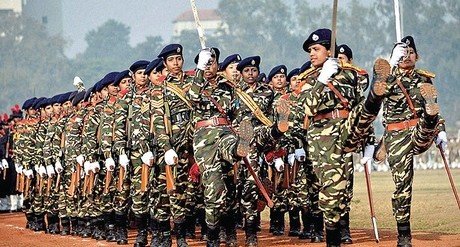
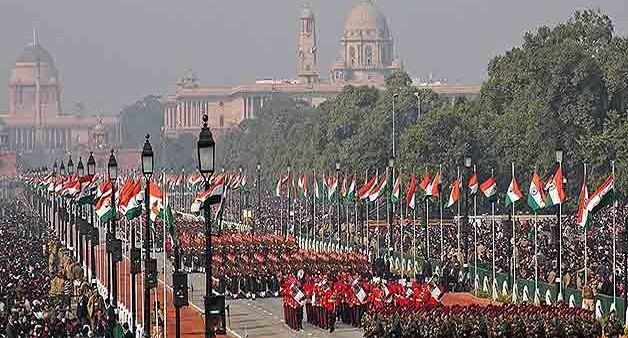
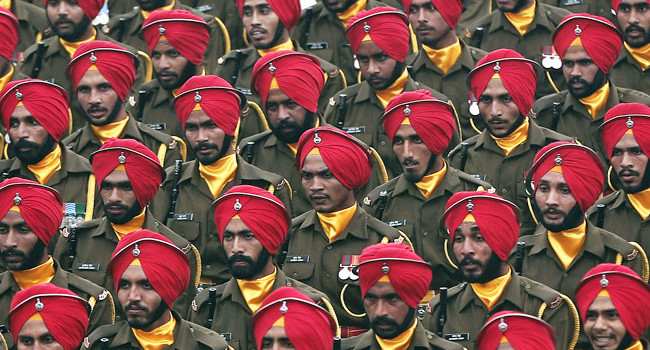
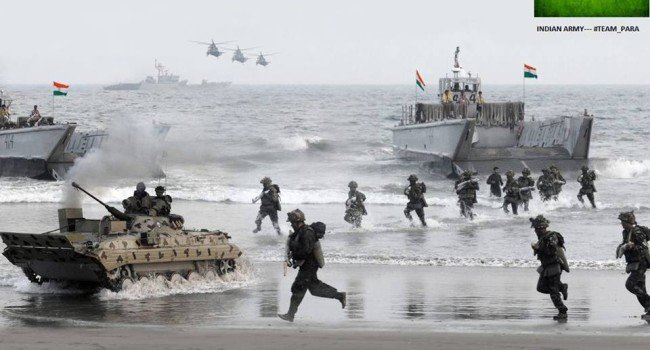
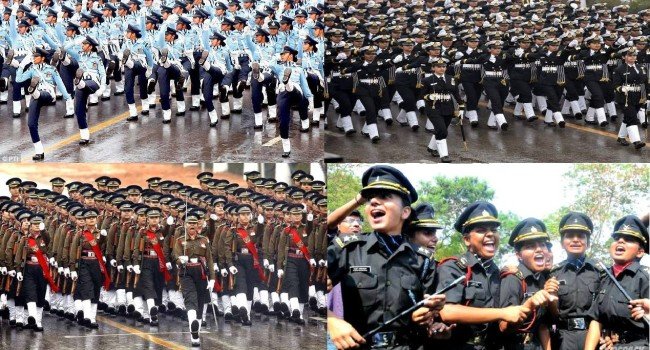
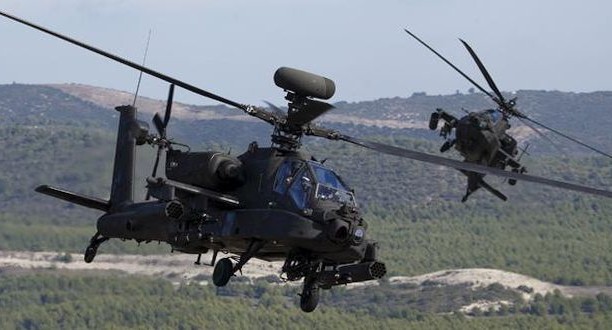
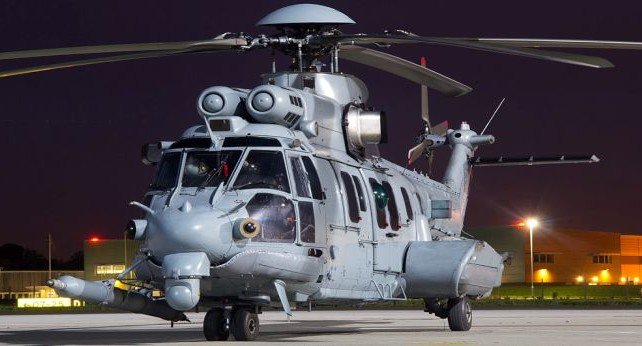
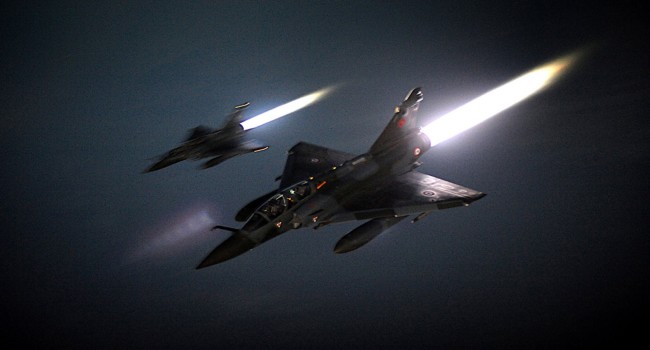
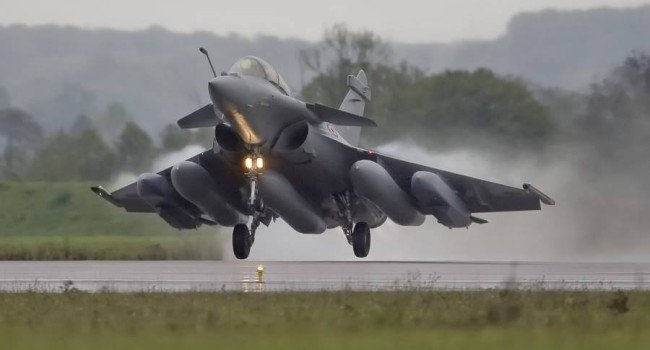
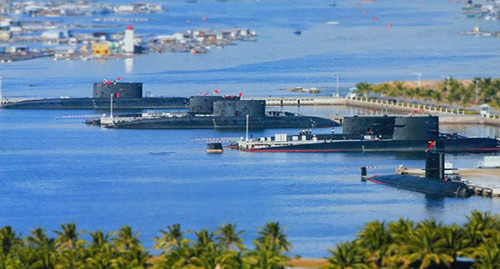
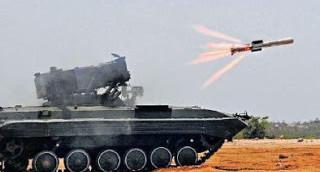
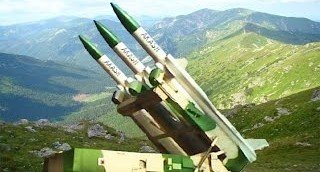







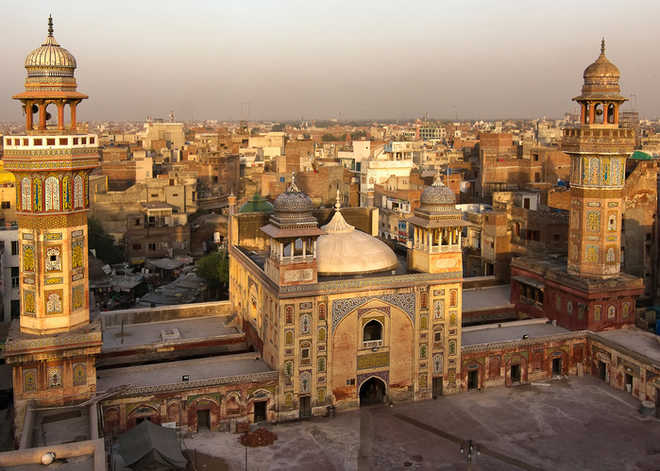
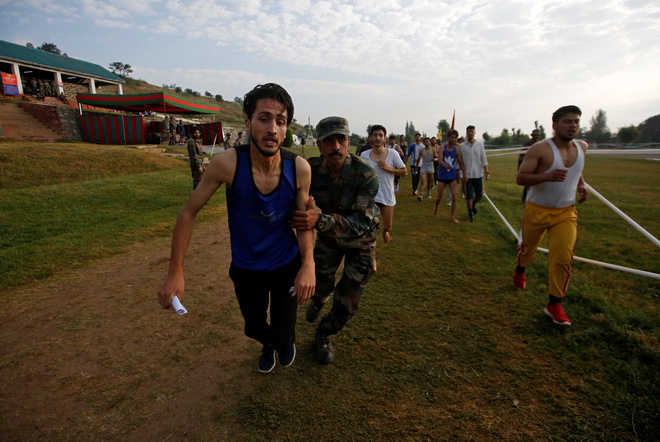
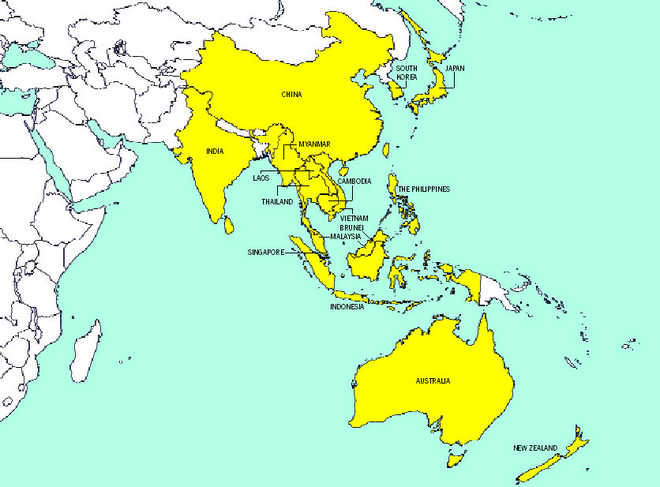
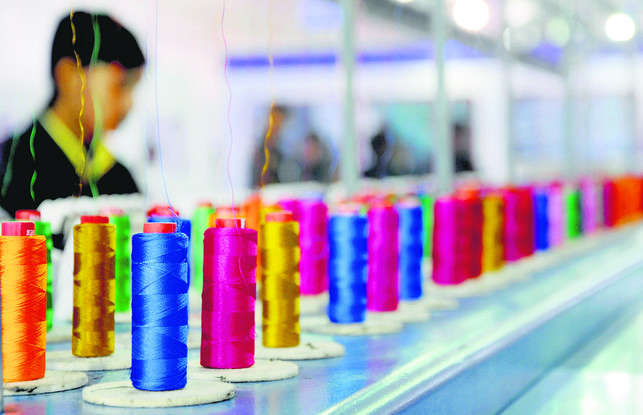
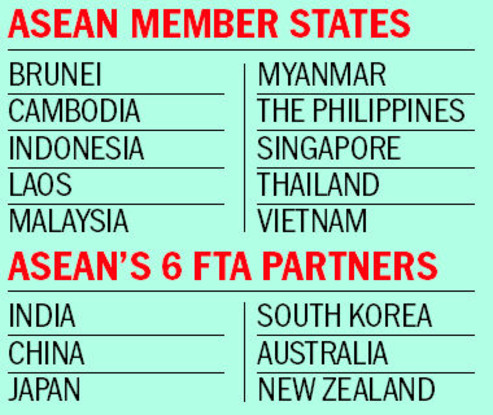 Sandeep Dikshit in New Delhi
Sandeep Dikshit in New Delhi